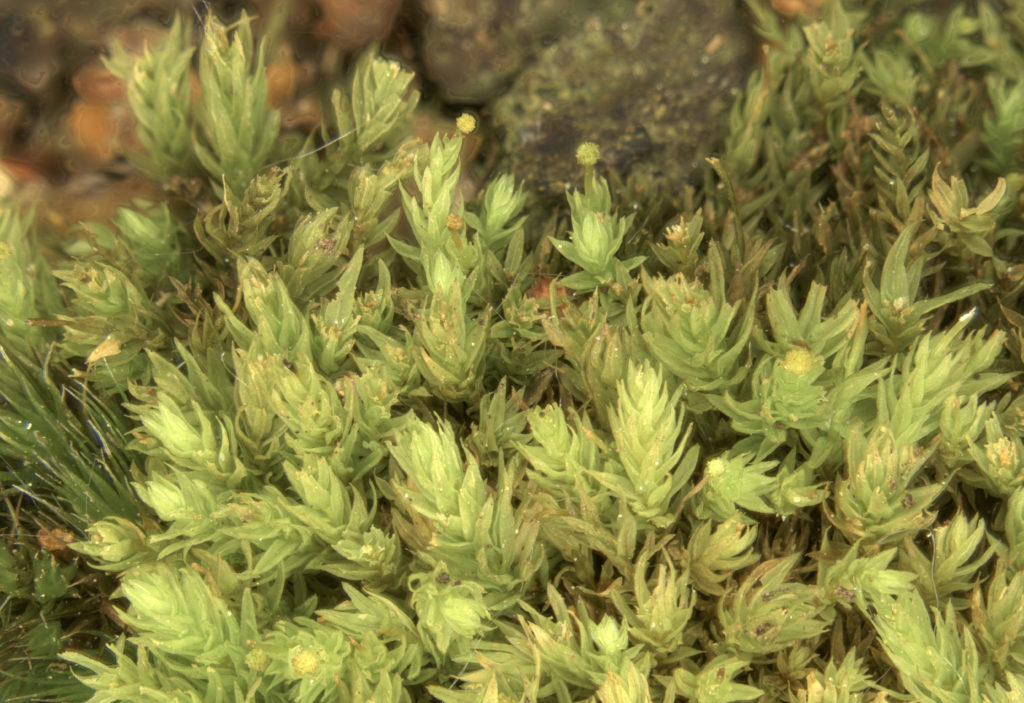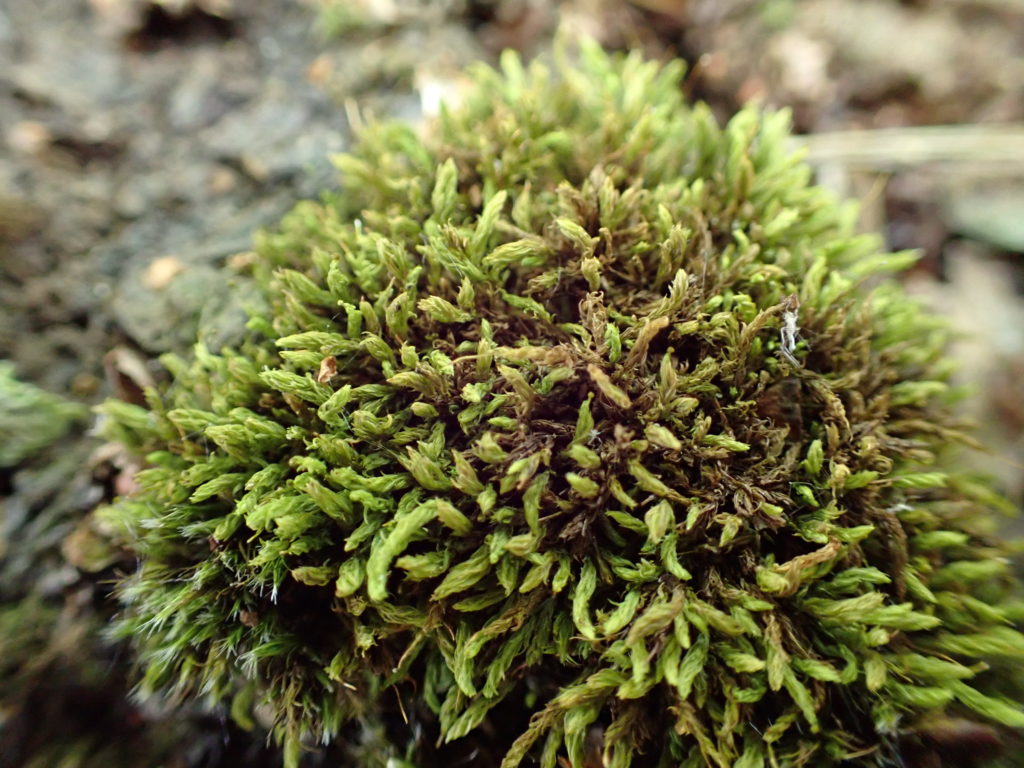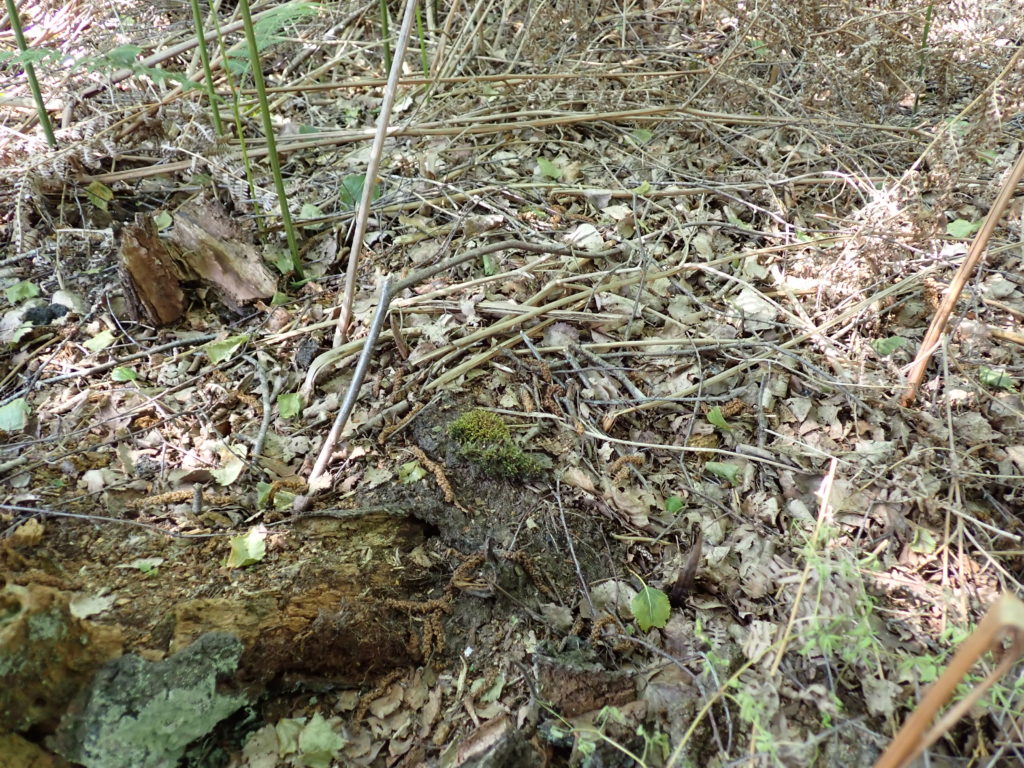Our specimen of Aulacomnium androgynum, a moss given the common name “Drumsticks”, was collected for the Darwin Tree of Life project by Dr David Bell on Hatfield Moors, southwest Yorkshire, on the 13th June 2023.
This relatively common moss often has stems that end in stalked balls of gemmae, like little green drumsticks (visible in the top centre of the photograph below). These gemmae are fragments of the moss that are able to break off and grow into new plants.

While it usually grows on decaying organic matter – like rotting logs – it can also grow on acidic bark, including alder, birch, elder and willow. Its range increased over the 20th century, reaching new locations and new habitats. Ironically, it seems that Drumsticks enjoyed the effects of the acid rains caused by industrial pollution. Conversely, as this pollution has declined, Drumsticks appears to be becoming more restricted again, a reminder that sometimes the goose and gander – or the pipe-cleaner and drumstick mosses – really will have different sauces.


